Low Modulus
Neutral silicone sealant with very low elastic modulus, for use on façades and floors.


Variations
Application areas
Discover more
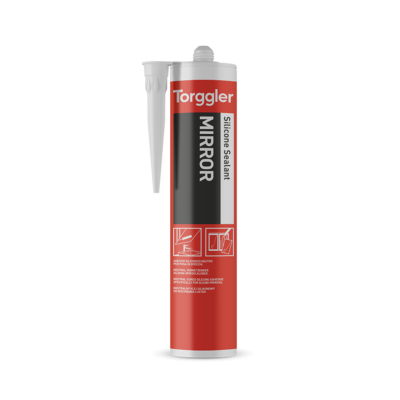
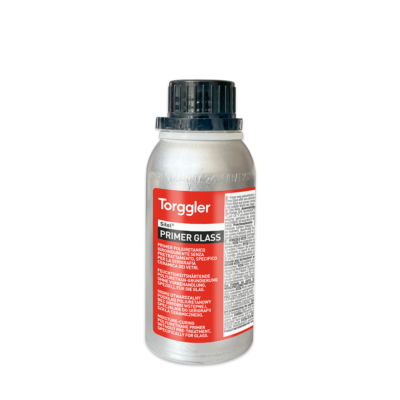
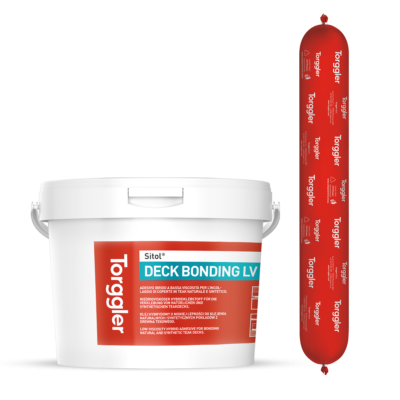
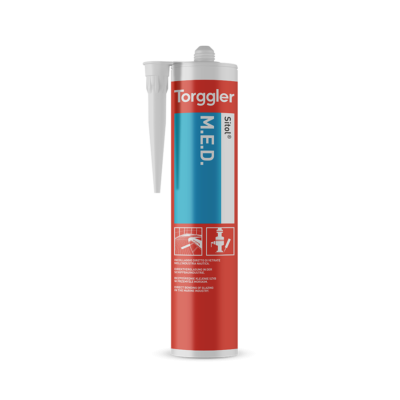
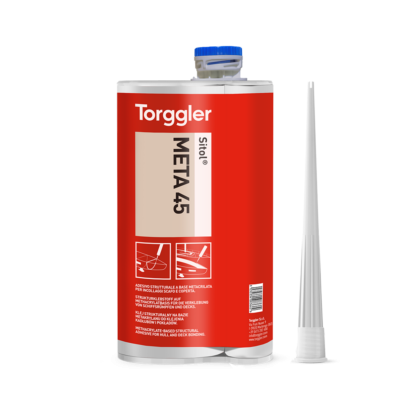
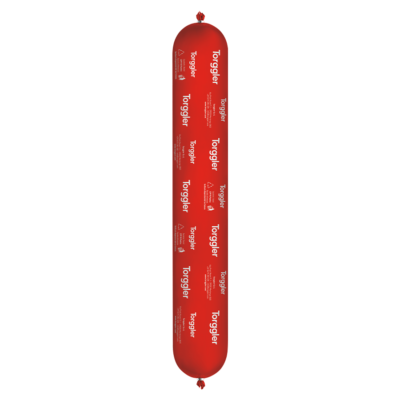
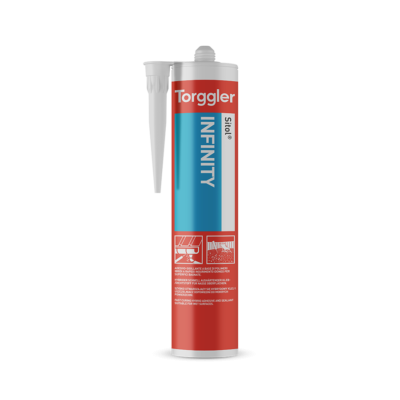
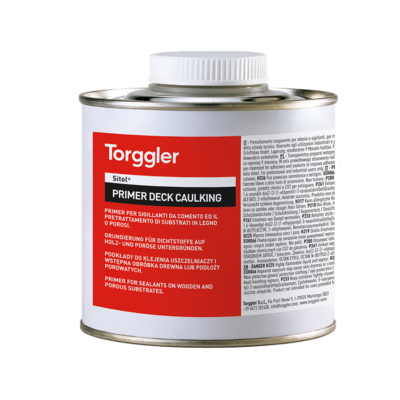
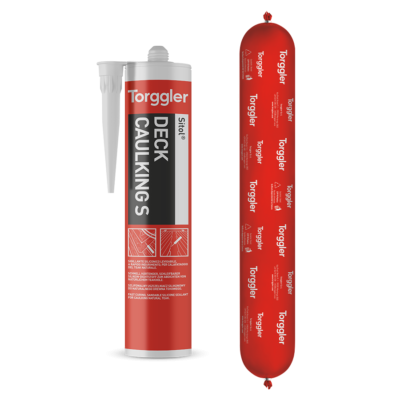
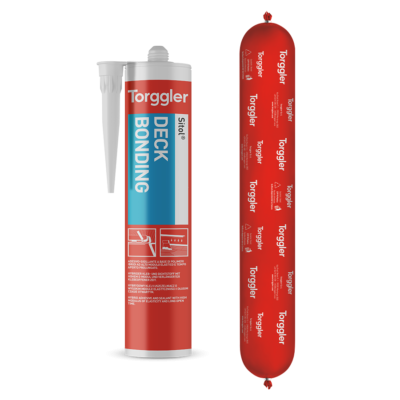
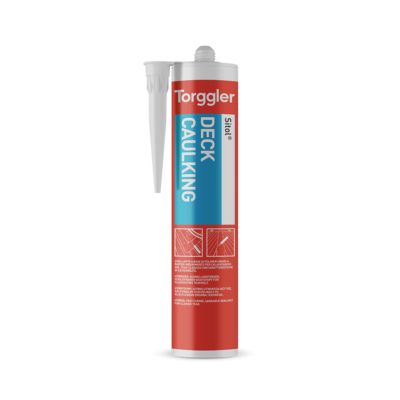
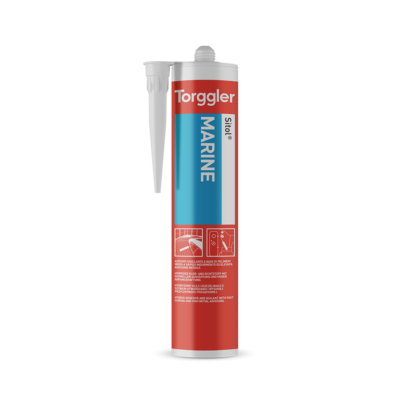
Low Modulus is a neutral-curing silicone sealant with a particularly low elastic modulus. Its elasticity has been proven to remain constant at temperatures ranging from –50 °C to +150 °C, which is why it compensates for manufacturing and installation tolerances in curtain wall panels. It adheres perfectly to the substrate, which can be made of any absorbent material. Its high resistance to ultraviolet rays and atmospheric agents and its resistance to ageing, which is superior to any other non-silicone sealant, are the reasons why, even after 20 years of use, the joints show no signs of surface micro-cracks or chalking. Low Modulus complies with EN ISO 11600, class F 25 LM and is classified as F-EXT/INT-CC according to EN 15651-1 and PW-EXT/INT-CC according to EN 15651-4, i.e. non-structural sealant for façade elements and walkways and interiors, even in areas with cold climates.
Cleaning
Uncured sealant can be removed with solvents; cured sealant must be scraped off.
Low Modulus must be stored in a dry, cool area. Under these conditions it can be stored for at least 12 months. Once opened, cartridges can be stored for approximately 3 months if tightly closed.
In the case of porous substrates, we recommend the preventive use of Silicone Primer to avoid the possible formation of halos due to potential migration of the silicone plasticiser.
Low Modulus is not suitable for structural bonding. Cross-linked silicone cannot be painted over.
| Color | Code | Packaging | Packaging size | Pallet | Barcode |
|---|---|---|---|---|---|
| White 9003 | 6460 | cartridge | 24x310 ml |
64 cardboards
|
|
| Grey C1 7047 | 6163 | cartridge | 24x310 ml |
64 cardboards
|
|
| Grey C1 7047 | 6521 | foil bag | 20x600 ml |
36 cardboards
|
|
| Grey 7004 | 6151 | cartridge | 24x310 ml |
64 cardboards
|
|
| Black 9005 | 6153 | cartridge | 24x310 ml |
64 cardboards
|
Since it has been specifically formulated for the requirements of the building industry, Low Modulus is the most appropriate silicon sealant for sealing expansion joints and connections between concrete, metal, plastic or wood facades, between prefabricated concrete panels, partition walls and upright, between windows and walls, between ceramic wall tiles, between external pipes and pipe connections and walls.
| PARAMETER AND TEST METHOD | COLORS | WHITE |
| Density (ISO 1183-1) | 1,18 g/ml l | 1,18 g/m |
| Application temperature | from +5 °C to +40 °C | from +5 °C to +40 °C |
| Skin-over time (MIT 33*) | approx. 60 min. | approx. 70 min. |
| Extrusion velocity (MIT 30*) | approx. 35 g | approx. 40 g |
| Cure through rate at 23 °C (MIT 32*) | 2 mm in 24 h | 2,5 mm in 24 h |
| Service temperature | from -50 °C to +150 °C | from -50 °C to +150 °C |
| Shore hardness (ISO 868): Shore A/max | 33 | 30 |
| Shore hardness (ISO 868): Shore A/15 | 22 | 20 |
| Ultimate elongation (DIN 53504 – Punch S3) | 1000% | 1400% |
| Tensile strength (DIN 53504 – Punch S3) | 1,20 N/mm2 | 0,87 N/mm2 |
| Elastic 100% modulus (DIN 53504 – Punch S3) | 0,34 N/mm2 | 0,23 N/mm2 |
| Stretching to breaking point (EN ISO 8339/A – mortar support M1 p a 23 °C) | 220% | 290% |
| Tensile strength at break(EN ISO 8339/A – mortar support M1 p a 23 °C) | 0,28 N/mm2 | 0,37 N/mm2 |
| Modulus of elasticity at 100% (EN ISO 8339/A – mortar support M1 p a 23 °C) | 0,21 N/mm2 | 0,24 N/mm2 |
| Elastic recovery (EN ISO 7389/B – mortar support M1 p a 23 °C) | 90% | 85% |
| Stretching to breaking point (EN ISO 8339/A – mortar support M1 p a -30 °C) | 320% | 320% |
| Tensile strength at break (EN ISO 8339/A – mortar support M1 p a -30 °C) | 0,90 N/mm2 | 0,90 N/mm2 |
| Modulus of elasticity at 100% (EN ISO 8339/A – mortar support M1 p a -30 °C) | 0,35 N/mm2 | 0,35 N/mm2 |
| Maximum operating elongation (EN ISO 11600) | 25% | 25% |
| Acid resistance | Excellent | Excellent |
| Base resistance | Excellent | Excellent |
| Odour after curin | none | none |
| TABLE OF AVERAGE CONSUMPTIONS | |||
| JOINT WIDTH X DEPTH (mm) | CONSUMPTION PER LINEAR METER | LINEAR METERS REALIZED WITH ONE CARTRIDGE | LINEAR METERS REALIZED WITH ONE BAG |
| 6×6 | 36 ml | 8,7 | 16,7 |
| 8×8 | 64 ml | 4,9 | 9,4 |
| 10×10 | 100 ml | 3,1 | 6,0 |
| 15×10 | 150 ml | 2,1 | 4,0 |
| 20×10 | 200 ml | 1,5 | 3,0 |
Contact our team for personalized support and product guidance.